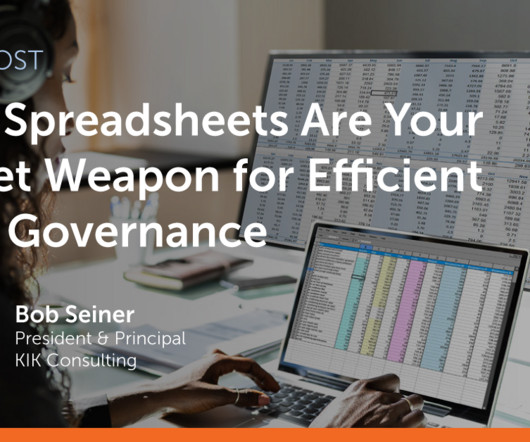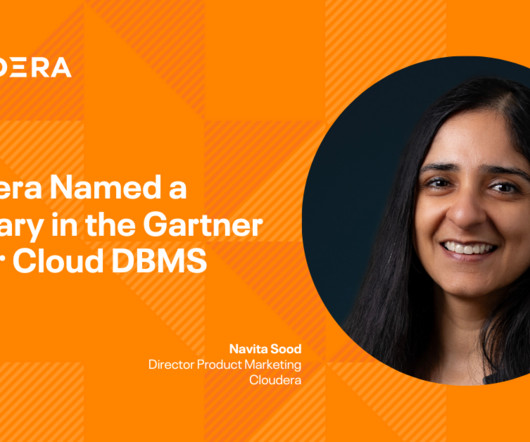Do I Need a Data Catalog?
erwin
JUNE 26, 2020
Given the value this sort of data-driven insight can provide, the reason organizations need a data catalog should become clearer. It’s no surprise that most organizations’ data is often fragmented and siloed across numerous sources (e.g., Three Types of Metadata in a Data Catalog. Technical Metadata.

























Let's personalize your content